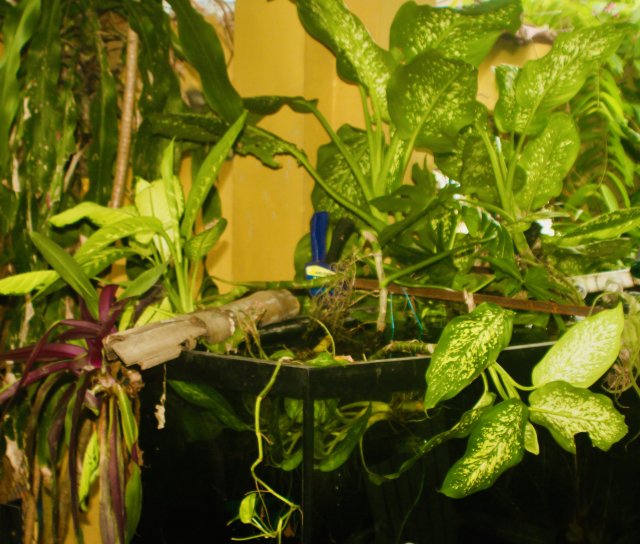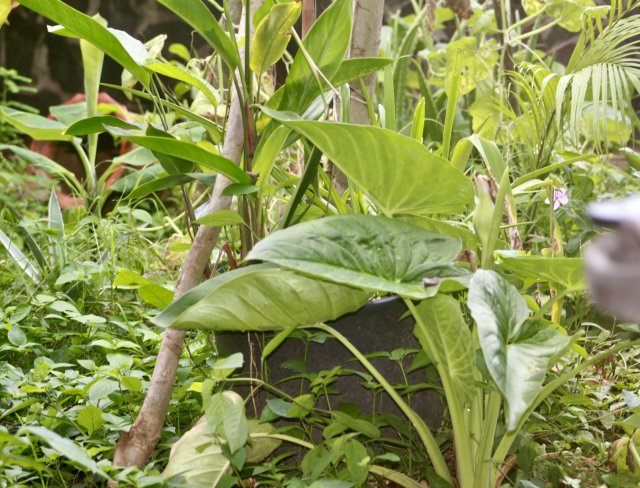Firstly, I know this has been done to death and I know it'll never replace good old fashion water changes, but the tinkerer in me wants to set up a very very basic system that I can maybe achieve a little success in slowing down the build up of nitrate. I've picked through lots of threads on the forum but they seem to get a little heavy and quite technical. Does it need to be this way?
My basic understanding is that the bacteria you need can only do their job with no oxygen present so you're up against it from the start in an oxygen rich aquarium. But it can be achieved by literally drip feeding nitrate rich aquarium water through a very long filtration process which means normal BB use the oxygen in the first part of the process and as the oxygen disappears then the other BB start forming and these turn the nitrate into nitrogen which gases out. This is the second part of the process.
Some guy in one thread I looked through had a very long length of coiled up garden hose. A small % of his display tank water went through the hose. Somewhere on that long long journey, as the oxygen was depleted, the anaerobic bacteria kicked in. So into the hose went nitrate and oxygen rich water and what came out the other end of the hose was water with no oxygen or nitrate. This is returned to the tank. But the drip drip feed process would mean the amount of water you are ridding of nitrate is negligible.
If my above very basic description is right, and speaking hypothetically, would it be possible to set up a gravity fed system through numerous very long lengths of coiled up hosing so that the drip drip becomes something scaled up considerably.
So basically aquarium water is going through many hundreds of feet of simple hosing and coming out the other end all "clean"?
I believe I have the basics of it but i've no doubt that the simple set up i've described is flawed in many ways. How? Educate me?
My basic understanding is that the bacteria you need can only do their job with no oxygen present so you're up against it from the start in an oxygen rich aquarium. But it can be achieved by literally drip feeding nitrate rich aquarium water through a very long filtration process which means normal BB use the oxygen in the first part of the process and as the oxygen disappears then the other BB start forming and these turn the nitrate into nitrogen which gases out. This is the second part of the process.
Some guy in one thread I looked through had a very long length of coiled up garden hose. A small % of his display tank water went through the hose. Somewhere on that long long journey, as the oxygen was depleted, the anaerobic bacteria kicked in. So into the hose went nitrate and oxygen rich water and what came out the other end of the hose was water with no oxygen or nitrate. This is returned to the tank. But the drip drip feed process would mean the amount of water you are ridding of nitrate is negligible.
If my above very basic description is right, and speaking hypothetically, would it be possible to set up a gravity fed system through numerous very long lengths of coiled up hosing so that the drip drip becomes something scaled up considerably.
So basically aquarium water is going through many hundreds of feet of simple hosing and coming out the other end all "clean"?
I believe I have the basics of it but i've no doubt that the simple set up i've described is flawed in many ways. How? Educate me?





